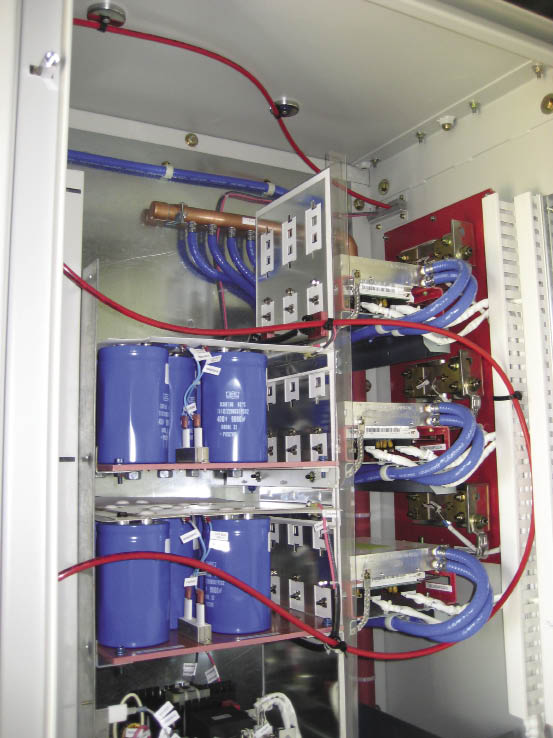
The Firetrace fire suppression system uses linear pneumatic detection tubing (red) routed through the most likely areas of a fire. When it detects high heat or flame, the tubing releases a clean agent that suppresses the fire without affecting the health of staff or equipment.
When the public feels comfortable with the reliability of wind turbines in their vicinity, they will accept their presence in the community. However, fires and the rumors of fires can destroy that confidence.
The frequency of wind turbine fires is greater than generally reported. However, with the growing number of wind farms and immediate access to video and cameras available to the public–combined with the viral nature of these images and videos on the internet –can provide a dramatic data point for those opposed to wind energy. Getting the industry talking openly about fire incidents and taking steps to control and prevent such incidents leads to a safe work environment. It also leads to a lesser environmental impact from fires that spread beyond the wind turbine, while protecting the power producers from penalties stipulated in purchase agreements as well as the industry’s image.
More fires than reported
There is no central reporting agency for wind-turbine fire incidents so it’s extremely difficult to state an accurate number of turbine fires each year. But from current studies, the numbers are significant and growing. For instance, in the last three months there have been three news reports of wind turbine fires from Michigan to Texas, bringing the concerns for fire in wind turbines to the forefront of consumer’s minds. According to the Caithness Windfarm Information Forum 128, fire incidents have been reported by news and other individuals in the US and abroad since 1993. Their study suggests there is concern for potential fire-spread due to debris falling from a burning turbine, and estimates the cost of property damage from $750,000 to $6 million. The most recent Texas incident, a turbine and ground fire, was chronicled by a Texas State representative.
According to AREPA, an organization responsible for the technical evaluation and repair of wind-turbine components, since 2002, 184 such items have been repaired or replaced due to wind-turbine fires. These components include control panels and transformers located in the nacelle or lower tower of a wind turbine.
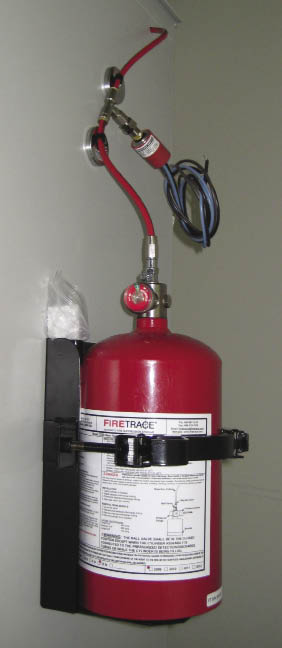
The cylinder and linear detection tubing used by the Firetrace system provides a wind turbine with 24/7 fire protection.
Recommended practices
Such statistics present concern and emphasize the need to include fire suppression in the industry. With the height of a wind turbine nearing 300 ft, if a fire ignites, the best option is to wait for it to burn out. However, this is expensive and dangerous for employee safety, equipment replacement, and debris management.
The National Fire Protection Association (NFPA) has added wind turbine and out building fire-protection standards to the NFPA 850 Recommended Practice for Fire Protection for Electric Generating Plants and High Voltage Direct Current Converter Stations. These recommendations have been accepted as of January 2010 with further review and evaluation by local authorities for incorporation into current and future wind projects.
Mechanical failure and electrical malfunction account for a significant percentage of fires. Areas identified by NFPA as potential concerns include control and converter cabinets, hydraulic stations, transformers, and brakes. NFPA recommends a risk assessment to evaluate the components that may be of hazard.
A few protection misconceptions
Fire-suppression systems are available in many shapes and sizes. However the key to successful suppression lies in the method of detection. Dust, debris, temperature extremes and airflow all play a role in the ability of a suppression system to effectively detect a fire. Factors to consider when evaluating a fire-suppression solution for a current or future wind project should include:
• Systems that install easily on new or existing wind turbines
• Detection methods that route throughout the internal components targeting the areas of most concern
• Detection that will be unaffected by dust, debris, and temperature extremes
• System activation that is automatic and does not require power, thereby protecting the wind turbine 24/7
• System size and agent used are safe for equipment and technicians
• System should provide immediate shut down of the wind turbine to remove concern for further fire spread
WPE
Filed Under: Safety


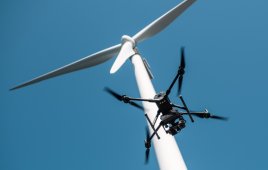
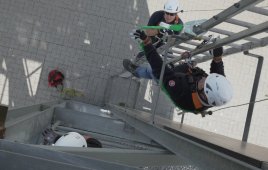
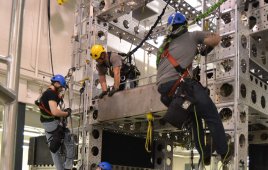
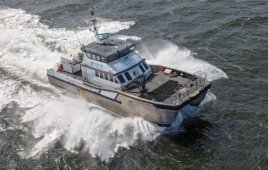
Great article. This provides a lot of useful information about what can go wrong, what the true statistics and misconceptions are, and information about recommended practices. This will be a great reference for addressing the communities fears during the public forums I’m doing in Galesburg, IL.
You have provided no information about how these fires are caused. We have a wind turbine on our roof and I for one would like to know more about what we can do to fire-proof our residential install and how these fires are caused! Very uninformative article that looks to be more of an ad for ONE fire-suppression company. Who cares whether fires were reported if you don’t explain anything else about them?
Ms. Pike:
Thanks for your comments. The article refers to utility scale turbines with 600V generators and capable of 1 MW of power outputs and more. Fires there can start from careless welders or brakes that fail in high winds so that the turbine overspeeds.
What is the rated power output of the turbine on your roof?
Paul Dvorak